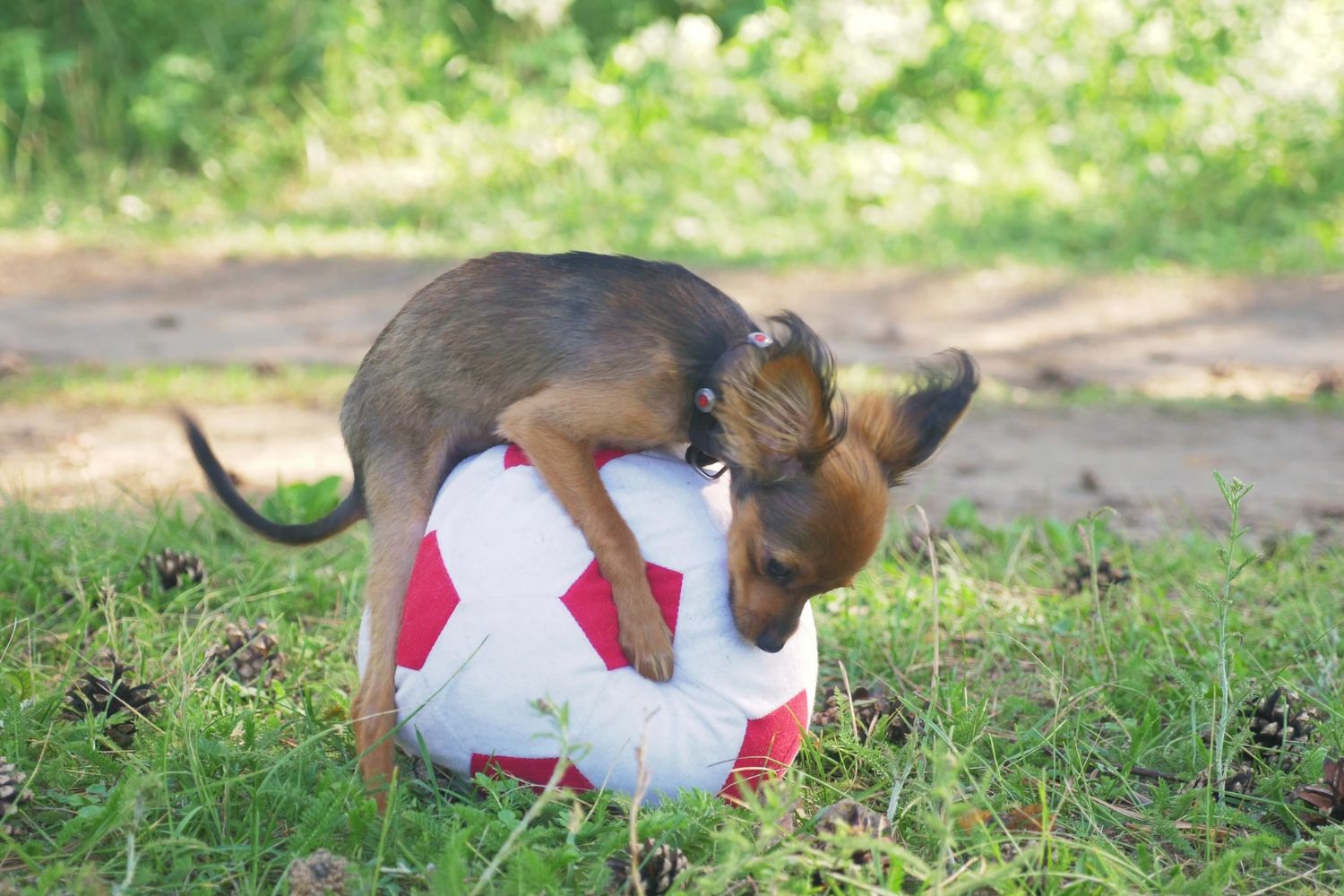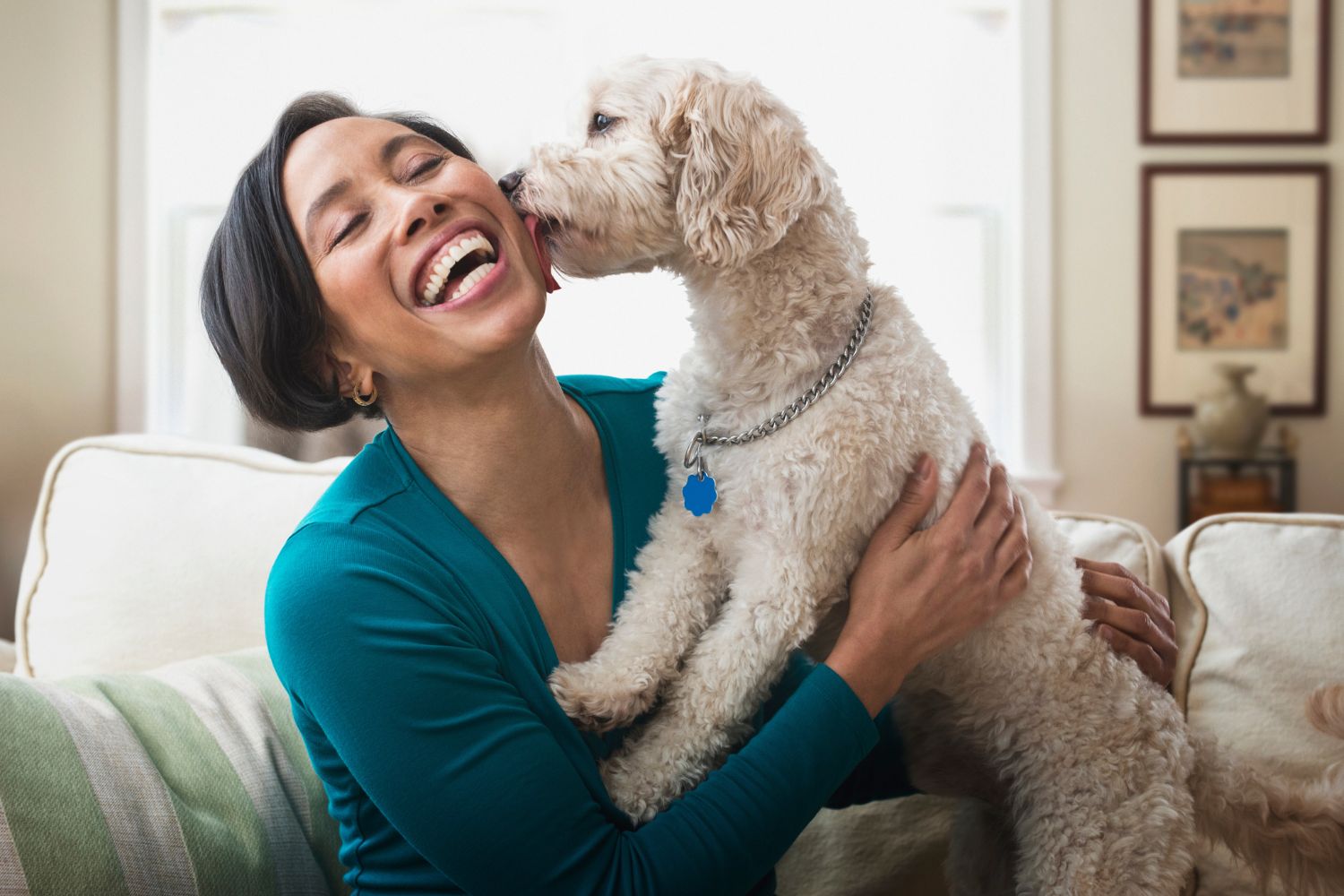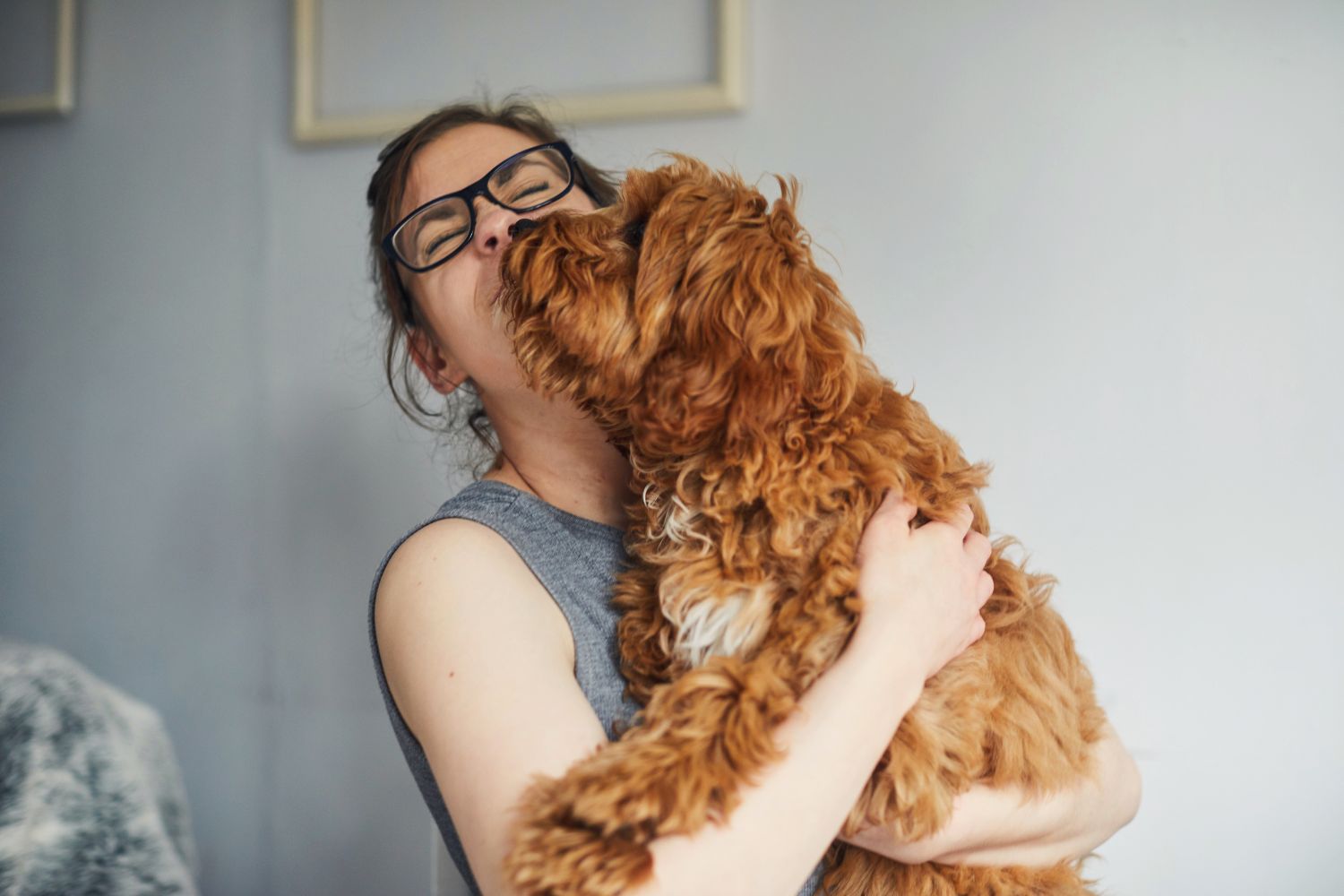You’d be surprised at how many people walk into the vet hospital with a limping dog and tell me they don’t think they’re in pain.
Dogs (and cats) primarily communicate with us through their body language.
When they have a sore leg, they limp, and the better you are at listening to what their bodies are telling you, the better you’ll be at communicating with them (and training them!).
WATCH NOW: Petstock runway at AAFW23. Article continues after video.
In over 15 years as a vet, I’ve never suffered a serious dog bite.
That’s because one of my superpowers is I can read their body language better than most – and I listen to it.
Non-verbal communication happens effectively with dogs and all animals when you listen with your heart and speak through your body – that is, the way you move and touch them.
When you can read, listen and speak dog, not only do they become less dangerous, it is easier to train them, bond with them and teach them what you would like from them.
You end up with a happier dog and a more peaceful household.
While it can be hard, it’s important to realise that all dog body language needs to be read in context.
Look at the situation and the dog as a whole.
RELATED STORY || How to deal with anxious pets

Things to look out for:
1. Whale eye (When you see the whites of their eyes.) They’re uncomfortable, so stop whatever is going on. It can also be avoidance when you catch them doing something wrong!
2. Ears flat and back or tail tucked. Scared and nervous.
3. Stiff stance and ears up. Suspicious and alert.

4. Mounting or humping. Mostly due to anxiety, stress or excitement.
5. Lip licking. If before a walk, this means excitement. If it’s when surrounded by other dogs or children, they need a break from the situation.
6. Yawning. This can mean excitement (when you get home or are about to go for a walk) but can also indicate anxiety.

7. The whole body shake. This is to self-soothe. I often see this when dogs get off the exam table at the vet.
8. Panting. Hot or excited, but can also stress or pain.
9. One paw lifted off the ground. This is either excitement or stress and a sign they’ll launch at you.
10. Wagging tail. A nice, loose wag means happiness. But a slow or high quick wag is actually a sign of being scared, on alert or a warning sign of attack.
RELATED STORY || How to do a routine health check on your pet



